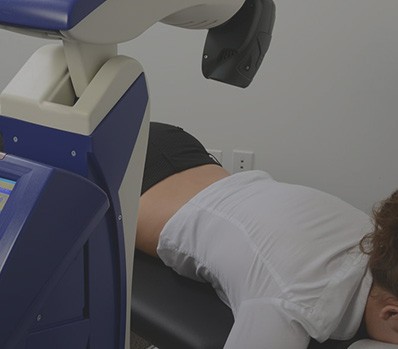Shoulder separation involves injury to the acromioclavicular joint, commonly known as the AC joint, located between the collarbone and the top of the shoulder blade. AC joint injuries are typically caused by a fall that damages or tears the ligaments that surround the joint. The severity of the injury can range from a mild sprain to separation of the collarbone and shoulder blade.
In the case of a mild AC joint injury, the ligaments that join the collarbone to the shoulder may be stretched; in serious cases, when they are completely torn, the pain is severe and surgery will likely be needed.
When the injury causes a noticeable deformity, visual evaluation, along with a physical exam, may be sufficient to diagnose shoulder separation. Milder cases without an obvious deformity can be identified with X-rays, as well as by asking the patient to identify the location of pain.
Non-surgical Treatment
The first step in treatment involves rest, activity modification and use of ice packs to relieve swelling and pain. Dr. Nitz will often advise progressive rehabilitation with range of motion and strengthening exercises. Other non-surgical treatments include the application of a laser or cortisone shots. Cortisone has an anti-inflammatory effect, and is injected directly into the joint. Sometimes there is an immediate and permanent reduction in pain and swelling. If, after two shots, the problem remains, then surgery may be the next step.
Surgical Option
Surgery is usually advised only in severe cases. If necessary, Dr. Nitz will use an arthroscopic procedure to remove part of the collarbone, giving the joint more room to move without painful bone-on-bone contact. You won’t even know that you’re missing part of your collarbone — this joint has an ample amount of bone to spare. The good news is that surgery is highly effective at restoring flexibility and range of motion to the joint. In fact, an estimated 95 percent of patients are able to resume the same brisk tempo of physical activity they engaged in before the onset of pain and swelling.
Recovery
If a surgical procedure is performed, you will be sent home with a sling to wear for a month to six weeks. After that, you will begin a course of physical therapy to build strength and flexibility in the joint. Each day you need to spend time moving your shoulder, wrist, fingers and elbow to prevent stiffness and ensure the joint does not become locked into a narrow range of motion. By the third month, you will be able to engage in most normal daily activities.
The surgery has a high satisfaction rate. In addition to vanquishing your pain, the procedure also has an aesthetic component: it improves the appearance of or completely eliminates the shoulder bump that sometimes appears with a collarbone separation.
If you would like to know more about shoulder separation, schedule a personal consultation with skilled Dayton, Ohio orthaepedic surgeon Dr. Paul A. Nitz by calling or emailing his office today.

